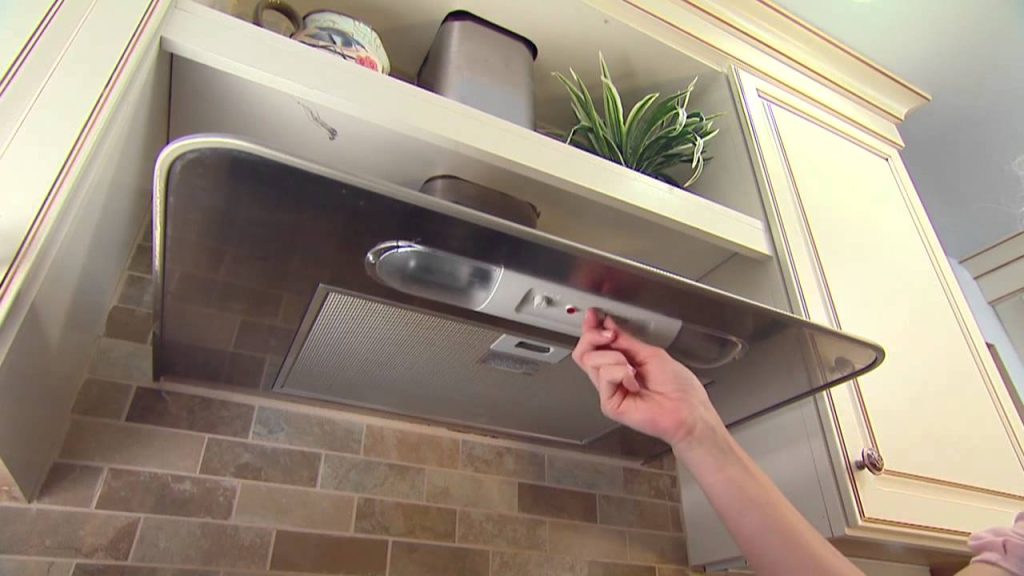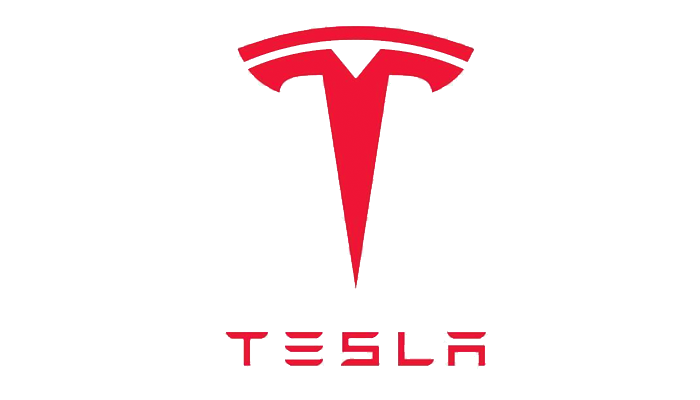When it comes to home improvement projects, the question of whether to DIY or hire a professional often arises. Installing an exhaust fan is one of those tasks that can seem straightforward, but it involves a blend of electrical and mechanical work. This article will help you decide if you need an electrician to install an exhaust fan by exploring the complexities of the task, the types of exhaust fans, the benefits of professional installation, and the steps involved in DIY installation.
Understanding Exhaust Fans
Exhaust fans are essential components in homes, especially in areas like bathrooms and kitchens. They help remove excess moisture, odors, and airborne contaminants, improving indoor air quality and preventing mold growth. There are different types of exhaust fans, each serving a unique purpose:

Types of Exhaust Fans
- Bathroom Exhaust Fans: These fans are designed to remove moisture and odors from bathrooms. They are typically installed in the ceiling or wall and vented to the outside to prevent moisture buildup.
- Kitchen Exhaust Fans: Often found in range hoods, these fans remove cooking fumes, smoke, and odors from the kitchen. They can be ducted to the outside or use a charcoal filter for recirculation. The Environmental Protection Agency says to, “use exhaust fans that vent directly to the outdoors”.
- Inline Exhaust Fans: These fans are installed in the ductwork and are used for ventilating multiple rooms or larger spaces. They are quieter and more powerful, making them suitable for larger homes or commercial buildings.
- Wall-Mounted Exhaust Fans: These fans are mounted on an exterior wall and are used when ceiling or roof installation is not feasible. They are common in garages, workshops, and utility rooms.
Components of an Exhaust Fan System
Understanding the components involved in an exhaust fan system can help you appreciate the complexity of the installation process:
- Fan Motor: Powers the exhaust fan and determines its efficiency and noise level.
- Ductwork: Channels the exhausted air from the fan to the outside.
- Vent Cap: Covers the exterior vent to prevent debris, pests, and weather elements from entering the ductwork.
- Electrical Wiring: Connects the fan to the home’s electrical system, often requiring a switch or timer.
The Complexities of Installing an Exhaust Fan
Installing an exhaust fan involves more than just mounting the unit and plugging it in. Here are some complexities to consider:
Electrical Work
- Wiring: Properly connecting the fan to the electrical system is crucial. This involves running wires from the fan to a switch or timer and ensuring the connections are secure and up to code.
- Circuit Capacity: Adding an exhaust fan may require assessing the existing electrical circuit to ensure it can handle the additional load. In some cases, a new circuit may need to be installed.
Ventilation
- Ductwork: Properly routing the ductwork to the outside is essential to prevent moisture buildup and ensure efficient ventilation. This may involve cutting holes in walls, ceilings, or roofs and securing the ducts with appropriate materials.
- Sealing: Ensuring all connections are airtight to prevent leaks and maintain energy efficiency.
Building Codes and Permits
- Compliance: Depending on local building codes, installing an exhaust fan may require a permit and adherence to specific regulations. This ensures the installation is safe and meets local standards.
Benefits of Hiring an Electrician
Given the complexities involved, hiring an electrician to install an exhaust fan offers several benefits:
Expertise and Experience
Electricians have the training and experience to handle the electrical aspects of the installation safely and efficiently. They are familiar with building codes, ensuring your installation is compliant and safe.
Time and Convenience
Professional installation saves you time and effort. Electricians can complete the job quickly and accurately, reducing the risk of errors or future issues.
Safety
Electrical work can be dangerous if not done correctly. Hiring a professional minimizes the risk of electrical shocks, fires, and other hazards.
Warranty and Insurance
Many electricians offer warranties on their work, providing peace of mind. Additionally, licensed electricians carry insurance, protecting you from liability in case of accidents or damage during the installation process.

DIY Installation: Steps and Considerations
If you’re confident in your DIY skills and decide to install an exhaust fan yourself, here are the general steps involved:
Tools and Materials
Before starting, gather the necessary tools and materials:
- Exhaust fan kit
- Screwdrivers
- Drill and bits
- Wire cutters and strippers
- Electrical tape and wire nuts
- Ductwork and vent cap
- Safety gear (gloves, goggles)
Step-by-Step Installation
- Turn Off Power: Ensure the power is off at the circuit breaker to prevent electrical shock.
- Prepare the Installation Site: Determine the best location for the fan, considering access to electrical wiring and ductwork. Cut holes in the ceiling or wall for the fan and ductwork.
- Install the Fan: Secure the fan unit to the ceiling or wall according to the manufacturer’s instructions. Ensure it is level and firmly attached.
- Run Electrical Wiring: Connect the fan to the electrical system. This may involve running wires through the attic or walls to a switch or timer. Ensure all connections are secure and use wire nuts and electrical tape to insulate them.
- Install Ductwork: Attach the ductwork to the fan and route it to the outside vent. Secure all connections with clamps or tape and ensure there are no kinks or obstructions in the duct.
- Install the Vent Cap: Attach the vent cap to the exterior wall or roof. Ensure it is sealed properly to prevent leaks.
- Test the Fan: Turn the power back on and test the fan to ensure it is working correctly. Check for any unusual noises or vibrations.
Considerations and Precautions
- Read the Manual: Follow the manufacturer’s instructions carefully. Each fan model may have specific requirements and recommendations.
- Check Building Codes: Ensure your installation complies with local building codes and regulations. Obtain any necessary permits.
- Safety First: Wear appropriate safety gear and work carefully to avoid accidents.
Conclusion: Do You Need an Electrician?
While it is possible to install an exhaust fan yourself, the complexities of electrical work, ventilation, and compliance with building codes make hiring an electrician a wise choice for many homeowners. Professional installation offers peace of mind, ensuring the job is done safely, efficiently, and in compliance with local regulations.
If you’re unsure about your ability to handle the installation, or if you want to ensure the best results, consider hiring a professional. FYI Contracting has experienced electricians who can install your exhaust fan with expertise and care. Contact us today to schedule an appointment and enjoy the benefits of a properly installed exhaust fan.










